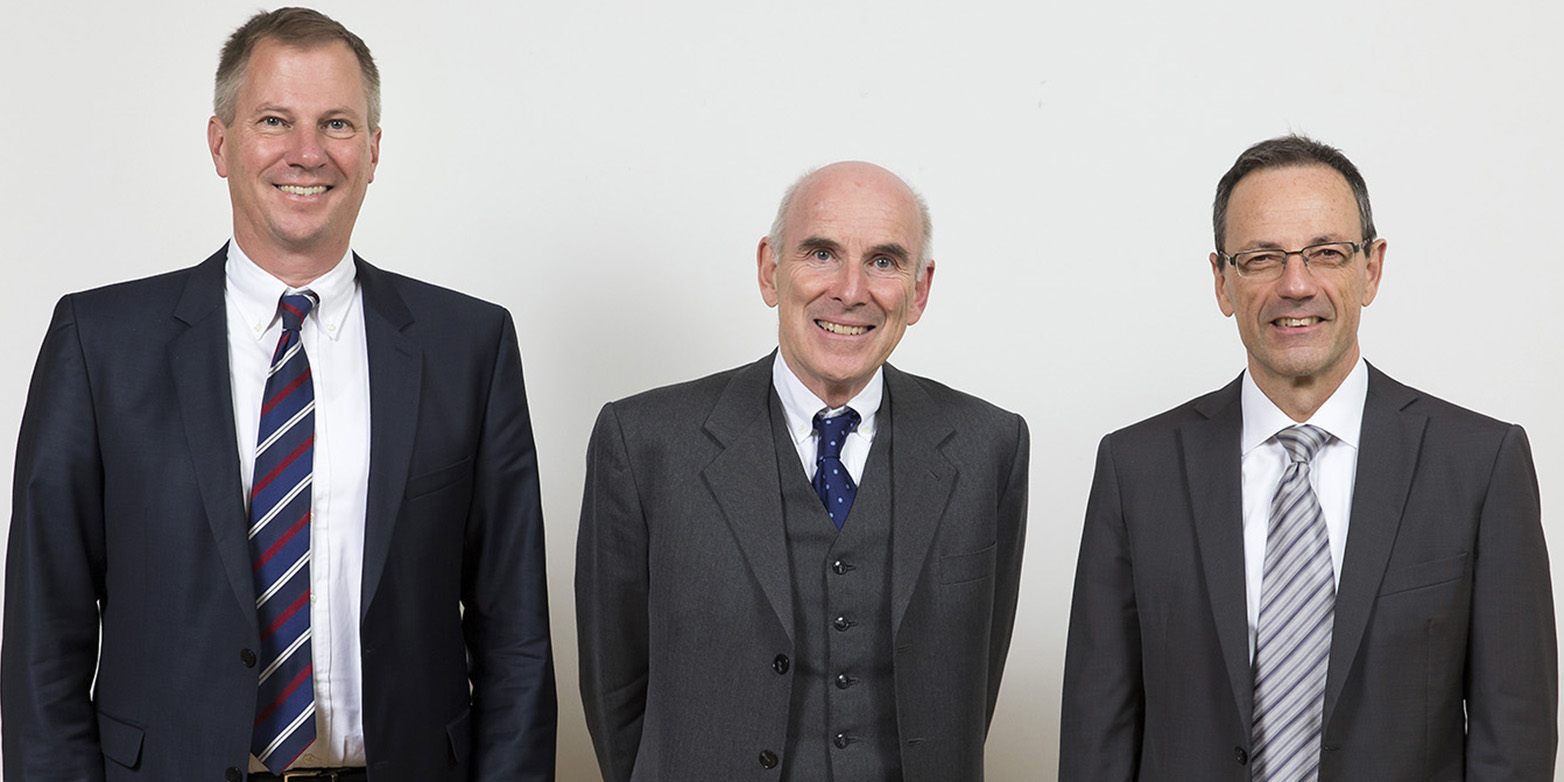12 million for research into atomic-scale components
The Werner Siemens-Foundation has donated CHF 12 million to establish the Centre for Single-Atom Electronics and Photonics. ETH Zurich and the Karlsruhe Institute of Technology (KIT) are establishing the centre to develop new types of integrated circuits for communications networks.
The volume of data transmitted and processed via communications networks around the globe is growing steadily. To prevent space and energy consumption from rising at the same pace, it is essential that all network components and processors not only become more efficient, but also smaller. For this reason, a group of researchers from ETH Zurich and the Karlsruhe Institute of Technology (KIT) are aiming to develop and research new types of integrated circuits with components that operate at the level of individual atoms and are therefore minuscule in size – but can still be integrated into existing industrial CMOS technology. To that end, the researchers are setting up the Centre for Single-Atom Electronics and Photonics, which will be coordinated by ETH Professor Jürg Leuthold from the Institute of Electromagnetic Fields.
The network components that will be the focus of the research at the new centre include not only transistors, but modulators and detectors as well. These components process information at first available in electronic form and also convert it into optical signals for optical transmission. However, they can also convert the optical signals back into electrical signals. Current chips each have millions of transistors, which are then connected by the thousands via fibre optics. Although the current technology is already highly advanced, it is rapidly reaching its limits in terms of size and energy consumption.
Reliable and energy-efficient
“At the new centre, we plan to pursue an innovative research approach that is based on our latest findings, which show that components with atomic dimensions not only work reliably, but are also more energy-efficient,” says Professor Jürg Leuthold. Among other things, the centre will make use of the single-atom transistor developed by Professor Thomas Schimmel at KIT in 2004. The new centre is expected to start its work on 1 January 2018.
The first step will be for the researchers from ETH Zurich and KIT to take the initial prototypes and use them to develop the new logic and memory modules. The second step will be to develop the first simple chips for a new generation of atomic-scale components. The researchers estimate that this will reduce size by a factor of 100 to 1,000 and energy consumption by the same order of magnitude compared to today’s complementary metal oxide semiconductors (CMOS).
A faster road to practical applications
“The generous donation from the Werner Siemens-Foundation provides a unique opportunity to pool the skills of KIT and ETH in the field of electronics and photonics of individual electrons. This will strengthen fundamental research and accelerate the translation into practical applications,” says ETH President Lino Guzzella.
“I would like to thank the Werner Siemens-Foundation for enabling KIT and ETH Zurich to complement each other's expertise within this cross-border cooperation, which I am certain will benefit research, teaching and innovation on both sides,” says Professor Holger Hanselka, President of KIT.
“We hope our donation will lead to a major breakthrough in the area of communications technology,” says Hubert Keiber, Chair of Trustees of the Werner Siemens-Foundation. According to Keiber, the research to be conducted at the Centre for Single-Atom Electronics and Photonics will be revolution-ary, making it a good match for the foundation’s portfolio. This is already the Werner Siemens-Foundation's third donation to ETH Zurich Foundation. The partnership goes all the way back to 2004.
ETH Zürich Foundation
The ETH Zurich Foundation is a leading technology and science foundation that promotes teaching and research at ETH Zurich. This involves establishing partnerships with foundations, companies and private sponsors in order to push the boundaries of knowledge together, whether it be by finding solutions to global challenges such as health, energy, digitalisation, and food, or by supporting outstanding students and researchers.
Karlsruhe Institute of Technology (KIT)
As “the research university in the Helmholtz Association”, KIT creates and offers its knowledge for the sake of society and the environment. The aim is to make a significant contribution to taking on global challenges in the areas of energy, mobility, and information. In pursuit of this aim, around 9,300 employees work across a broad range of disciplines in the natural sciences, engineering, economics, as well as in the humanities and social sciences. KIT offers research-oriented programmes of higher education to prepare its 26,000 students for positions of responsibility in society, industry, and science. Innovation at KIT bridges the gap between knowledge and its applications for the benefit of society, economic prosperity, and the preservation of our natural resources.
Werner Siemens-Stiftung
The Werner Siemens-Foundation is domiciled in Zug, Switzerland. As a non-profit foundation, it supports innovative technological and scientific research projects at universities and institutes of higher education that meet the highest of standards, and may also choose to support selected projects in the areas of education, training and the furtherance of young people.

